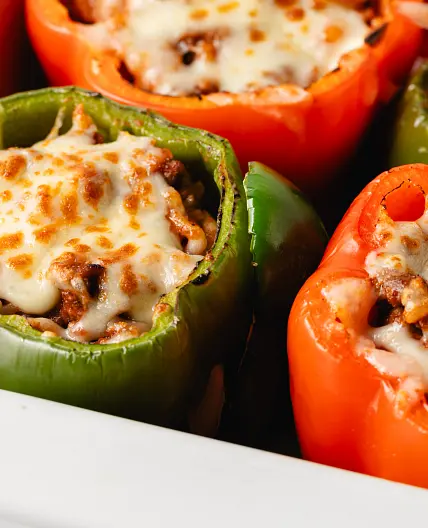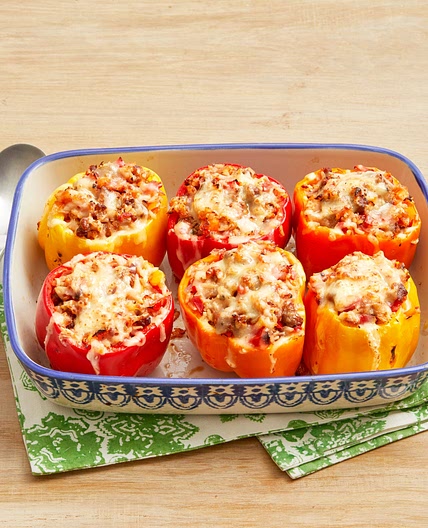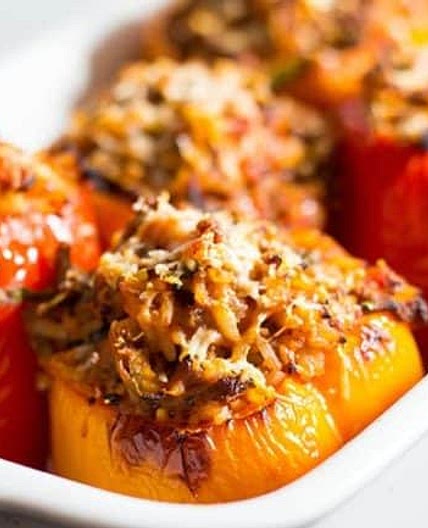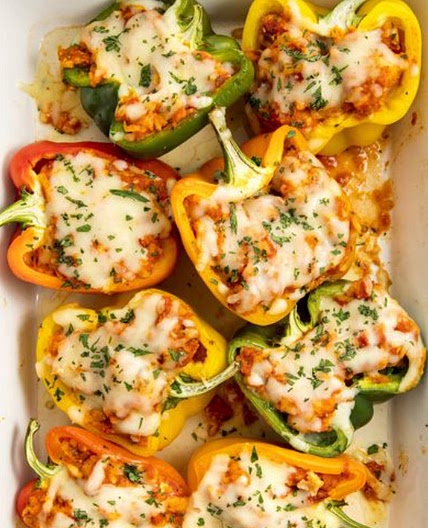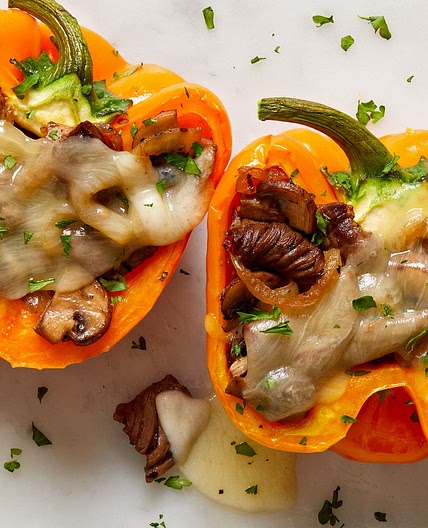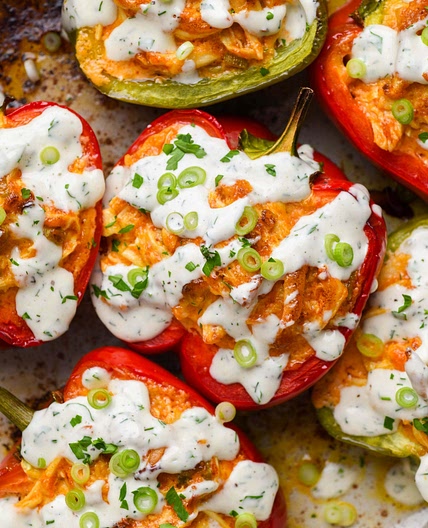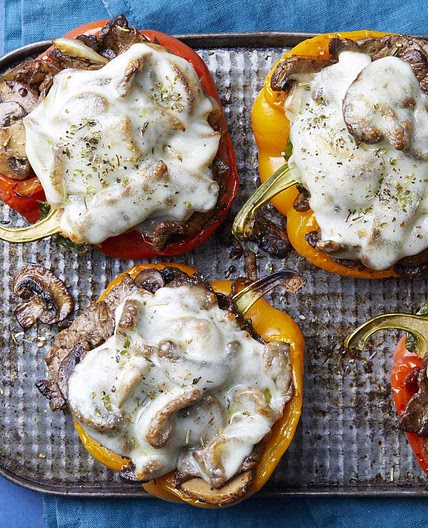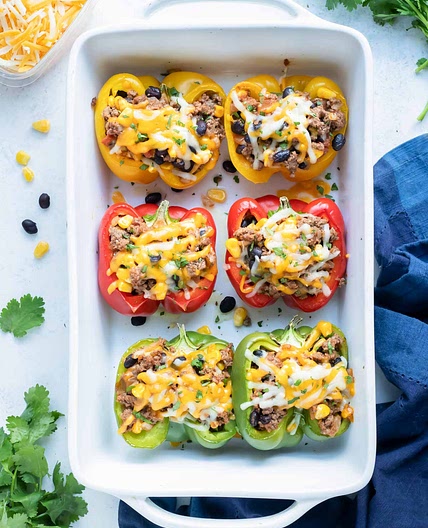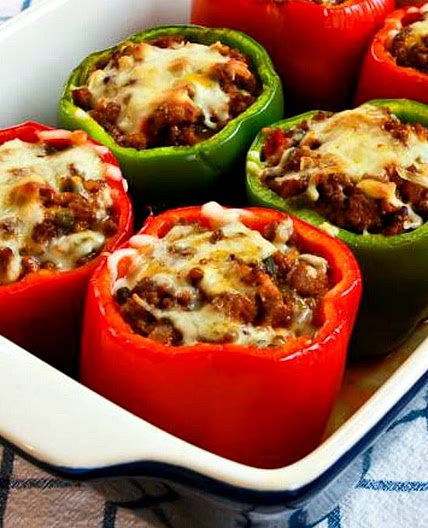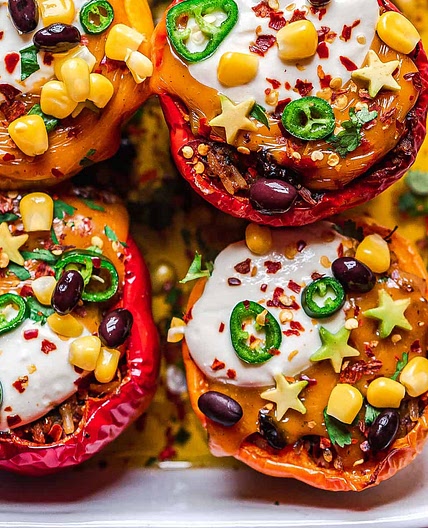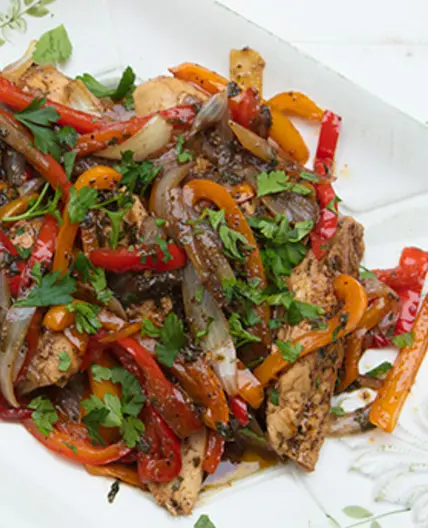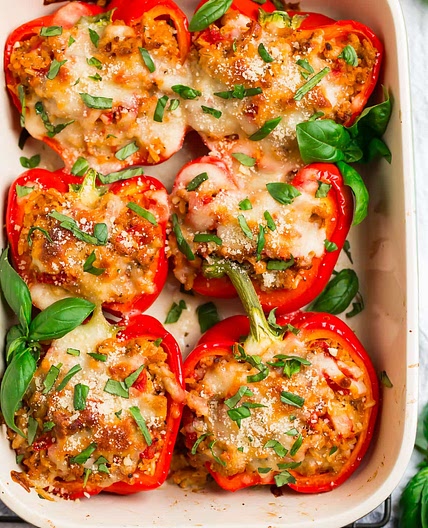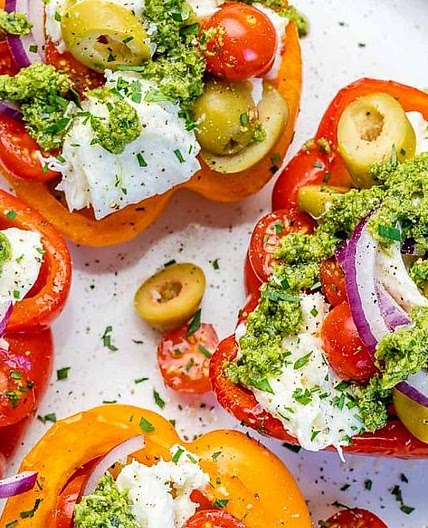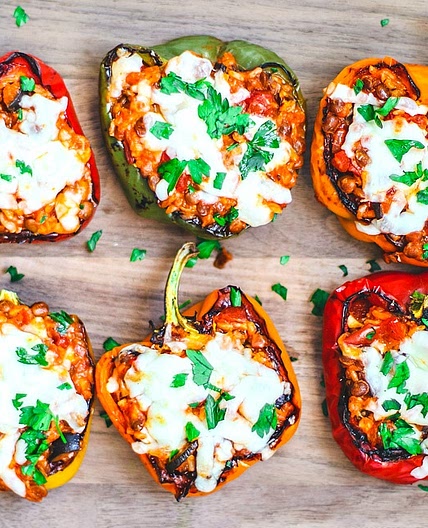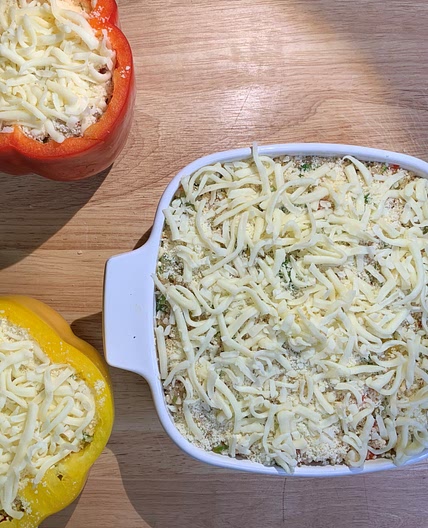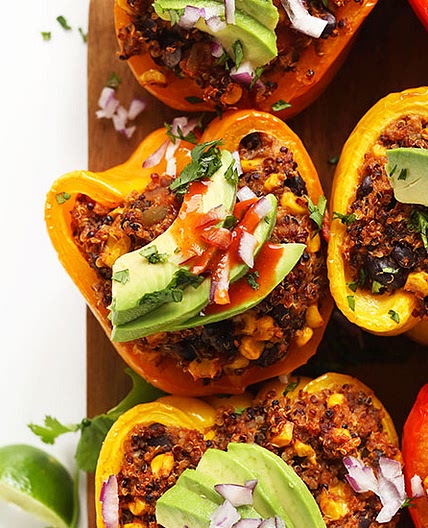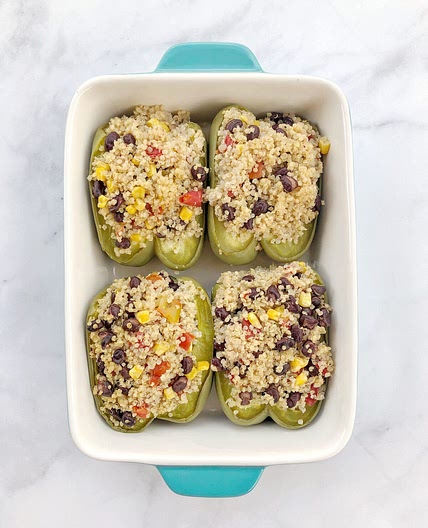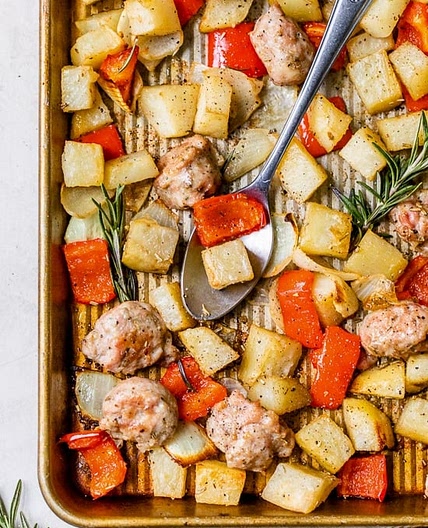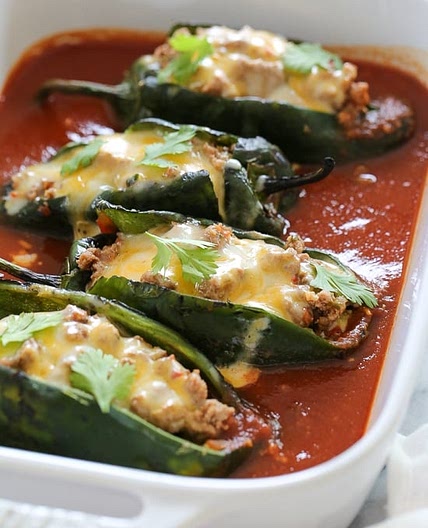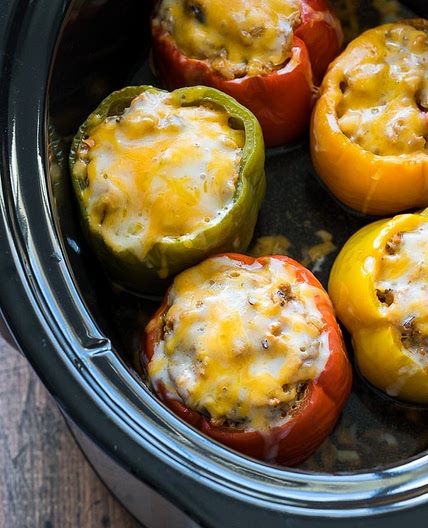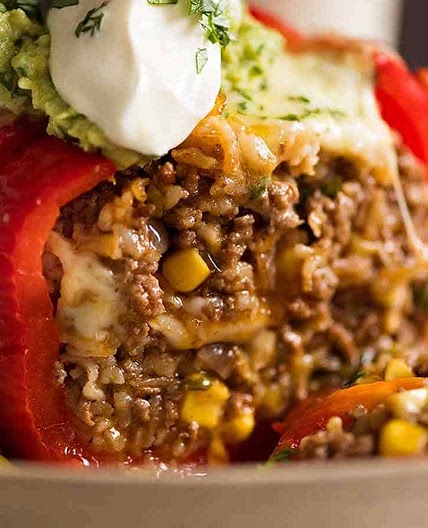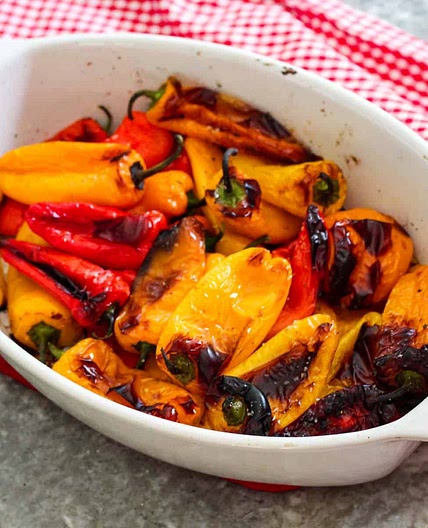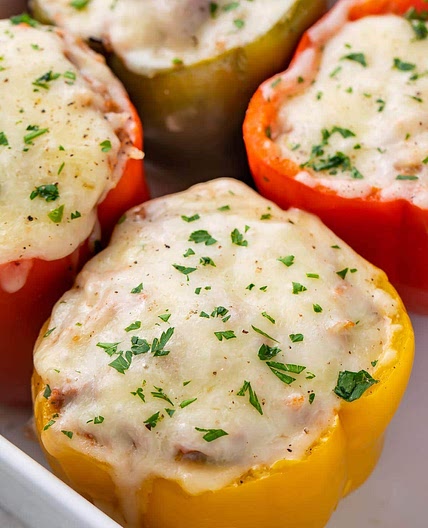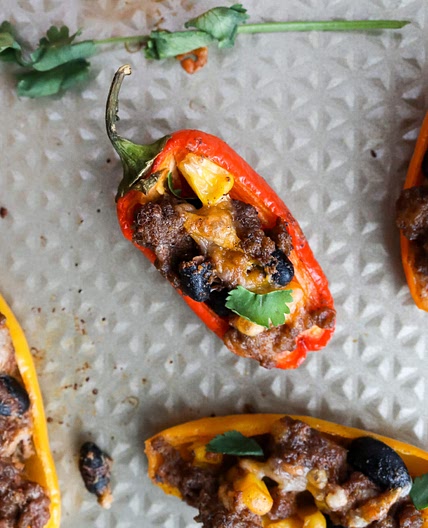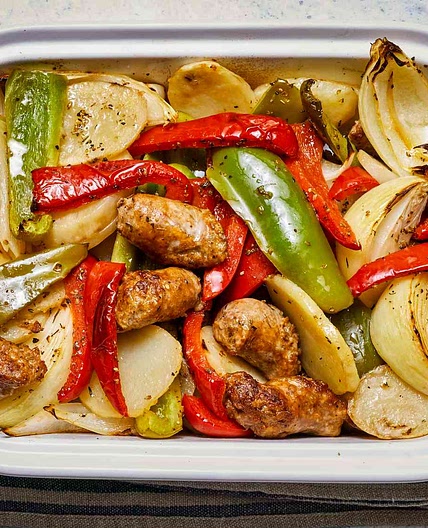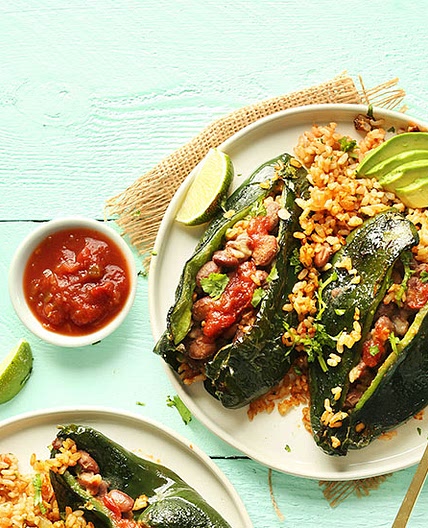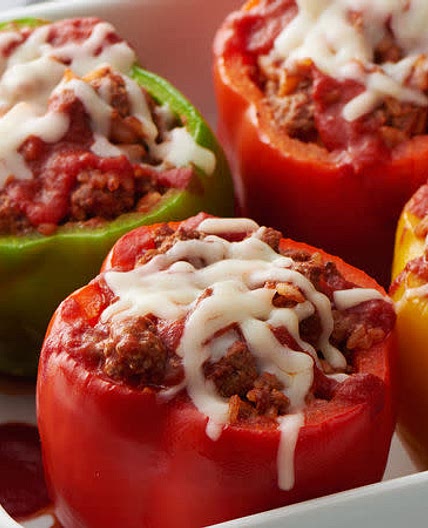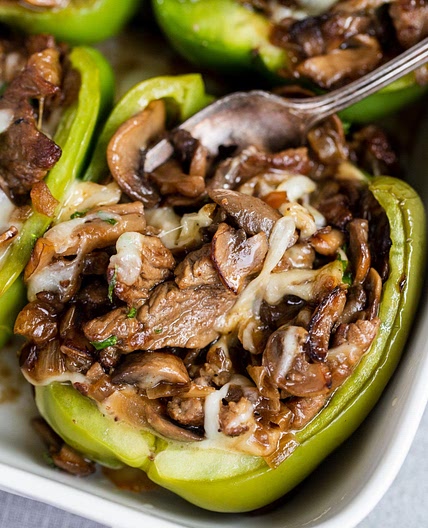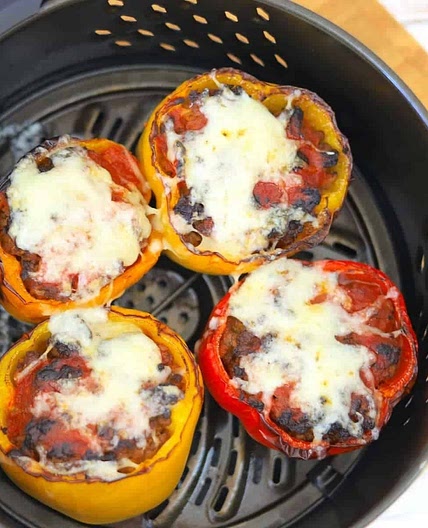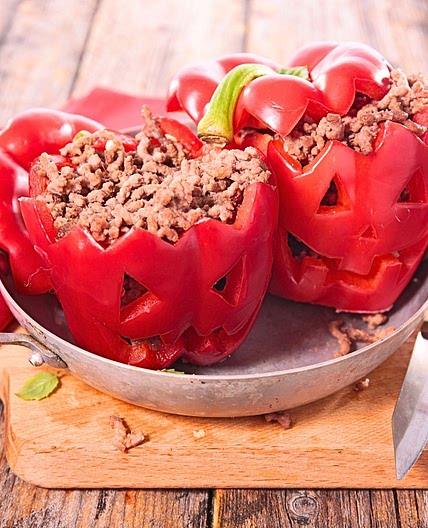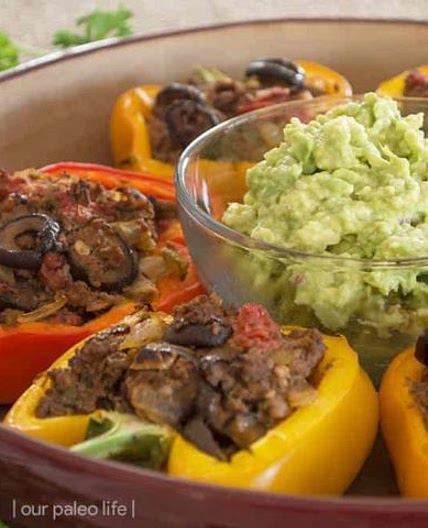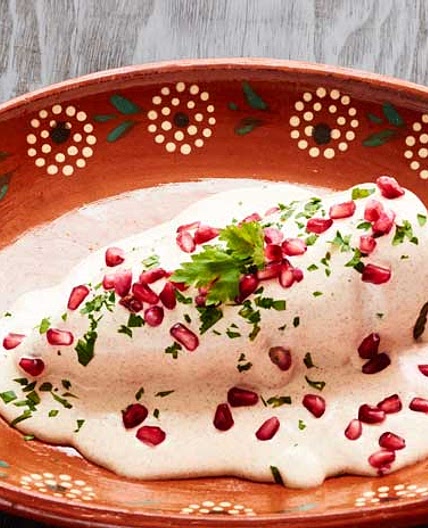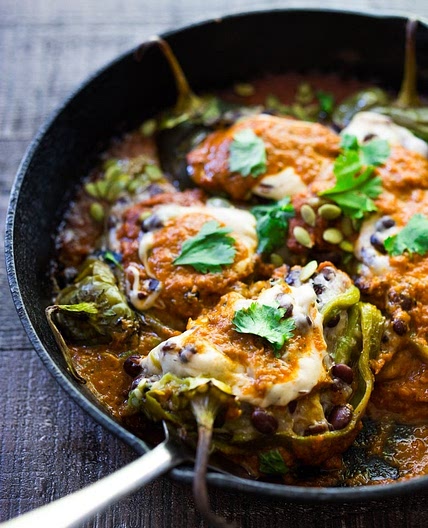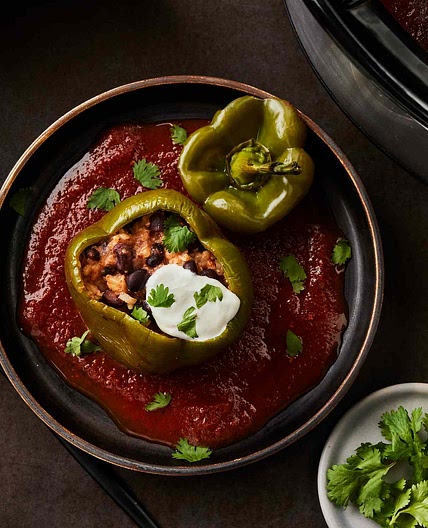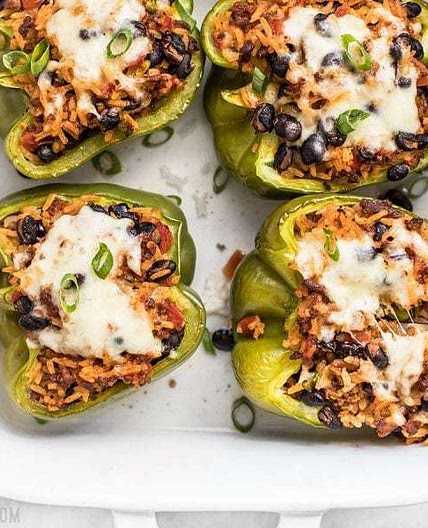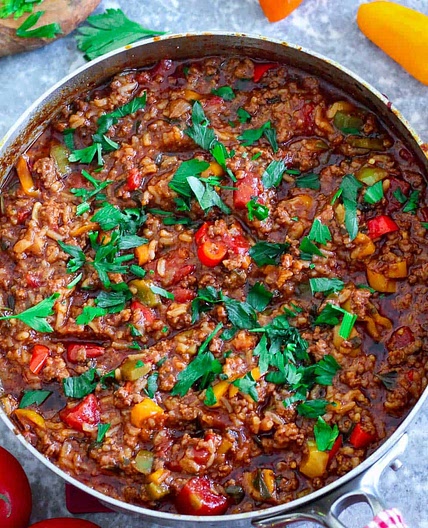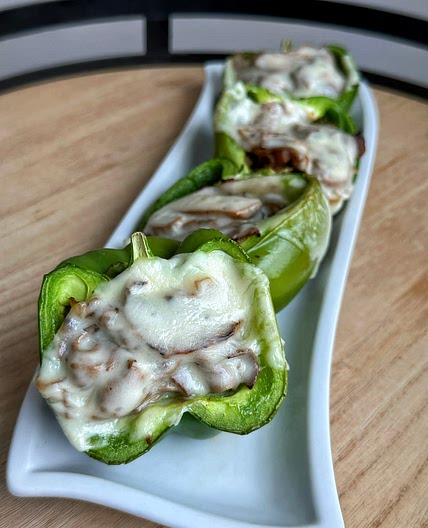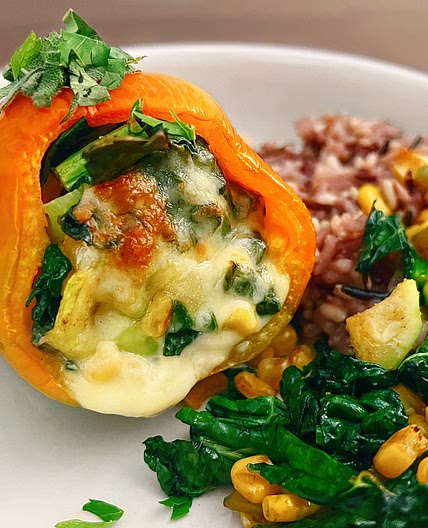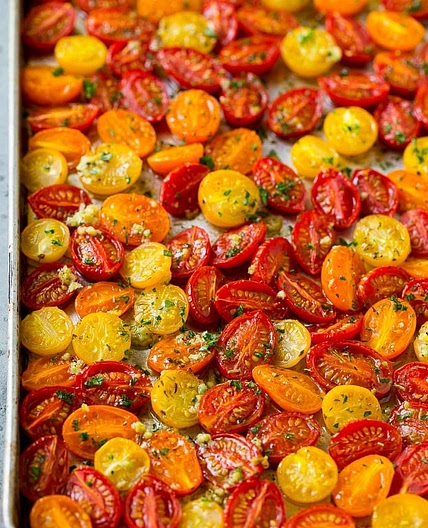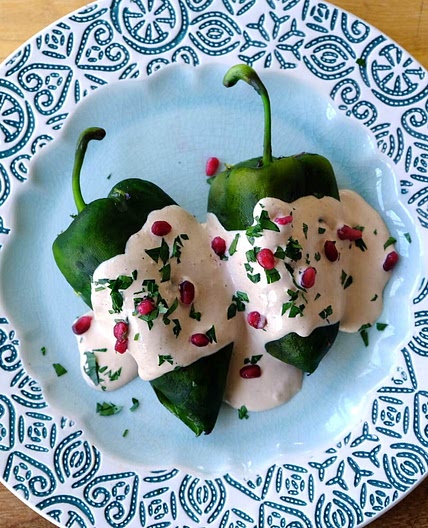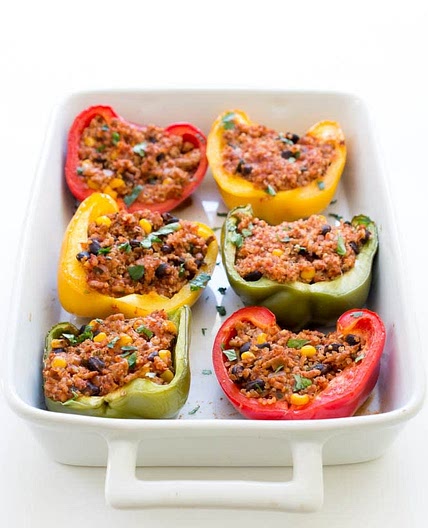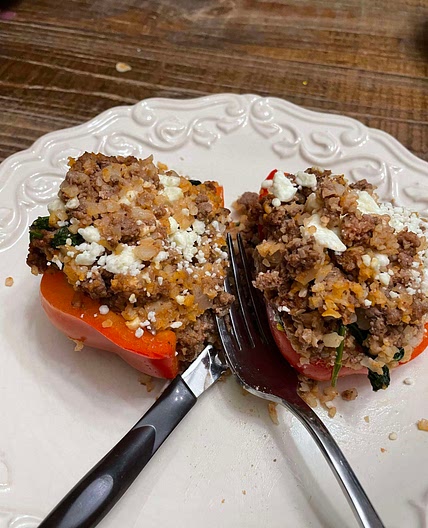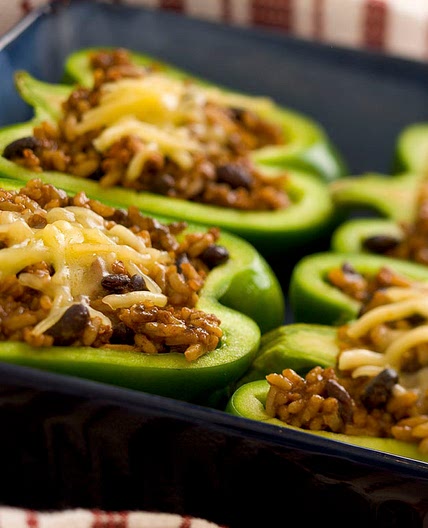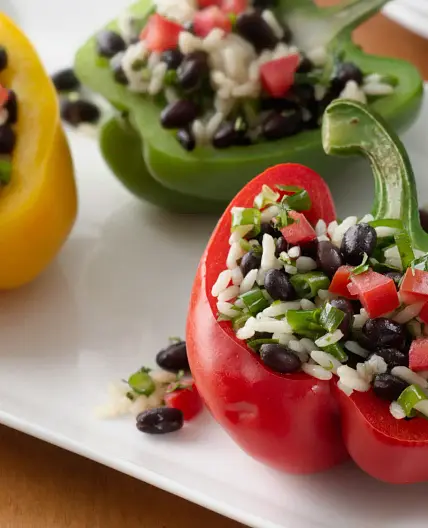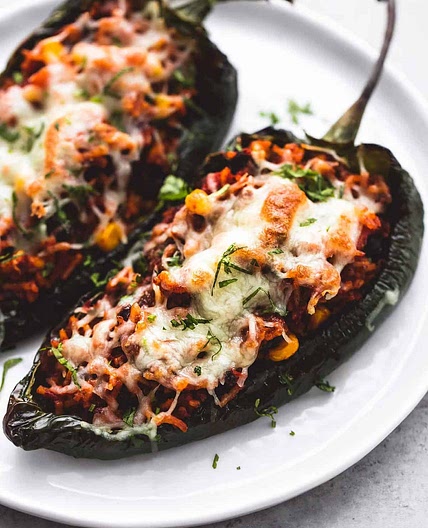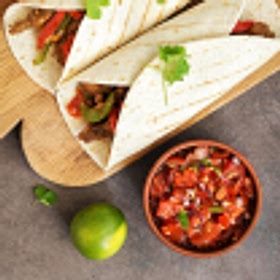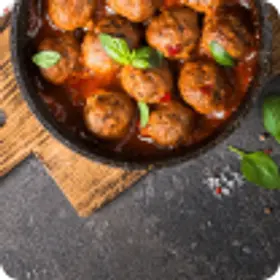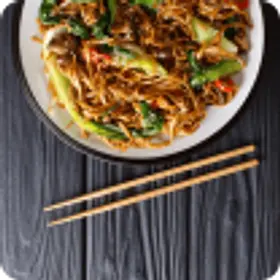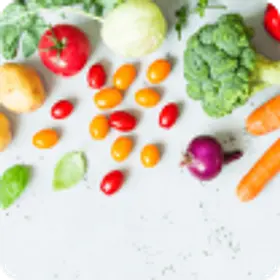Peppers: An Eclectic Accompaniment or Main Dish
Discover the diverse and flavorful world of peppers, also known as capsicum. From sweet bell peppers to fiery chili peppers, explore their origins, health benefits, and tips for putting them into your favorite dishes.
Photo by Nick Fewings on Unsplash
Welcome to the colorful and flavorful world of peppers! Also known as capsicum, these versatile fruits are celebrated for their vibrant hues, distinct flavors, and wide range of culinary applications. Seriously, you can put peppers in practically anything.
Whether you prefer the mild sweetness of bell peppers or crave the fiery heat of chili peppers, peppers offer a delightful spectrum of tastes, shapes, colors, and heat levels to ramp up the taste of your meals.
The Origins of Peppers
Peppers have a rich history and play a significant role in various cuisines around the world.
You’ve probably noticed they’re just as popular in Asian dishes as they are in Mexican and Mediterranean, for example. How did that happen? Peppers are believed to have originated in the Americas, with evidence of their cultivation dating back thousands of years. They were introduced to Europe and other parts of the world during the Columbian Exchange, forever transforming global cuisine. They’ve reached all corners of the world through trade.
Flavor Profiles and Culinary Uses
Photo by Viktor Forgacs on Unsplash
Peppers boast diverse flavor profiles and find their way into countless culinary creations. Let’s explore the distinct characteristics of different peppers and their common uses:
- Bell peppers: These mild and sweet peppers are available in vibrant colors such as red, yellow, and green. They are often used raw in salads, stir-fries, stuffed dishes, or roasted for a smoky flavor.
- Jalapeno peppers: Known for their medium heat and slight tanginess, jalapeno peppers add a zesty kick to salsas, nachos, burgers, and Mexican-inspired dishes. They can be pickled, roasted, or used fresh.
- Poblano peppers: Poblano peppers have a mild to medium heat level and offer a rich, earthy flavor. They are commonly used in Mexican cuisine, particularly for making chile relleno or adding depth to sauces and stews.
- Habanero peppers: These small, fiery peppers are among the hottest varieties. With their fruity and intense heat, habaneros are used sparingly to add a potent kick to sauces, marinades, and spicy dishes.
- Cayenne peppers: Cayenne peppers are known for their moderate heat and vibrant red color. Ground cayenne pepper is a popular spice used in various cuisines, including Cajun, Creole, and Asian dishes.
- Serrano peppers: Serrano peppers have a similar heat level to jalapenos but offer a brighter and more robust flavor. They are commonly used in salsas, relishes, and spicy sauces.
- Ghost Peppers: Also known as Bhut Jolokia, ghost peppers are extremely hot and have a fruity and smoky flavor. They are used sparingly in spicy dishes and sauces for a fiery kick.
Health Benefits of Peppers
Photo by Nick Artman on Unsplash
Peppers not only add flavor to dishes but also offer various health benefits. They’re low in calories and packed with essential nutrients, including Vitamins A, C, and E, as well as dietary fiber. They are also a good source of antioxidants, which support overall health and well-being.
The high vitamin C content in peppers also helps strengthen the immune system, protecting against common illnesses and supporting a healthy immune response.
Tips for Cooking Peppers
You can prepare peppers many ways, but usually they’re just one ingredient in a larger dish. Here are some tips to get the most out of your peppers.
- Adding color and crunch: Peppers contribute vibrant colors and crisp texture to dishes, enhancing their visual appeal and providing a satisfying crunch. Use sliced or diced peppers in salads, wraps, and stir-fries to add a refreshing element.
- Balancing flavors: Peppers offer a balance of sweetness, heat, and tanginess, making them excellent flavor enhancers in various recipes. They can bring depth to soups, sauces, marinades, and dips, complementing other ingredients.
- Grilling and roasting: Grilling or roasting peppers intensifies their flavors and adds a smoky dimension. After grilling, you can remove the skin for a softer texture and incorporate the charred peppers into sandwiches, pizzas, or pasta dishes.
- Freezing for future use: If you have an abundance of peppers, freezing them can help preserve their freshness. Simply wash, seed, and slice the peppers before freezing them in airtight containers or freezer bags. They can be used in cooked dishes or thawed for salads and other recipes.
FAQs
Are all peppers spicy?
No, not all peppers are spicy. Bell peppers, for example, are mild and sweet, while chili peppers range from mild to extremely hot. The heat of peppers is determined by the presence of capsaicin, a compound responsible for the spicy sensation.
Can I reduce the spiciness of a pepper?
Yes, you can reduce the spiciness of a pepper by removing the seeds and inner membranes, which contain most of the capsaicin. Additionally, cooking or pairing spicy peppers with dairy products, such as yogurt or cheese, can help mitigate the heat.
